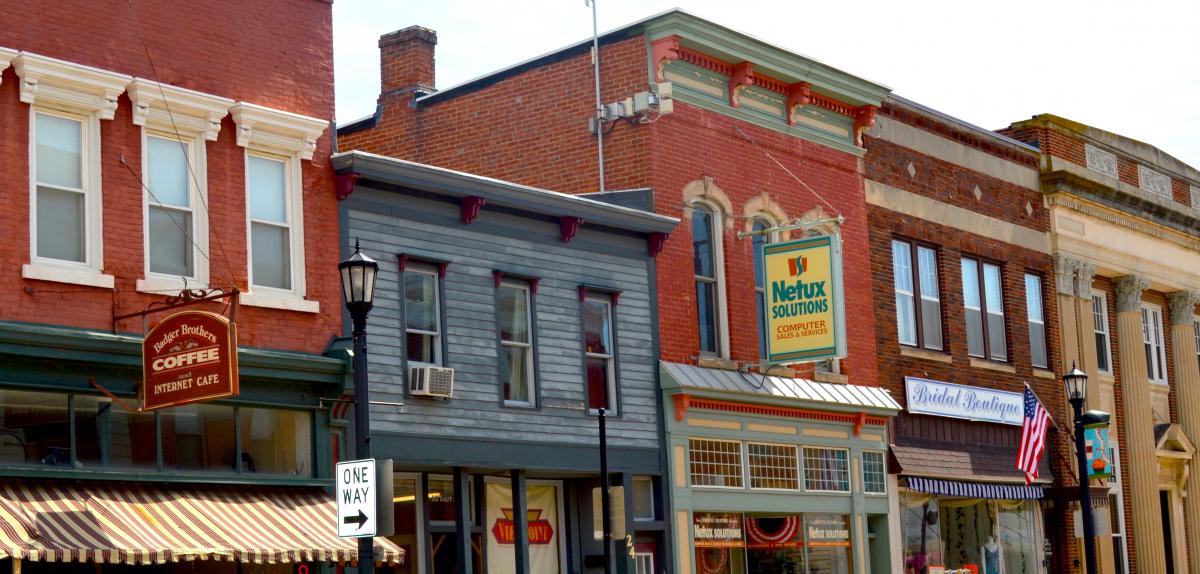Neighborhoods where Milwaukee isn’t segregated
The following statistics were calculated by aggregating 2020 census blocks into Milwaukee neighborhoods. Because of data quality concerns stemming from the Census Bureau’s new differential privacy techniques, I do not present data for neighborhoods with fewer than 400 residents.
The 2020 Census reconfirmed Milwaukee’s status as one of the most segregated cities and metropolitan areas in the United States.
According to Brown University’s Diversity and Disparities Project, metro-wide Black-white segregation declined slightly, but the Milwaukee metro still ranks 2nd-most segregated, just as in 2010. Within city limits, the absolute degree of Black-white segregation measured by Brown University remained unchanged, and segregation between other groups declined only modestly.
These dismal statistics point to how far Milwaukee remains from being a fair place to live for most of its residents. Still, there are neighborhoods in Milwaukee that saw significant positive change over the last decade. Their populations grew more representative of the city as a whole.
One way to measure this is a “diversity index,” which shows the likelihood that two people randomly chosen from the same neighborhood would identify with different races.

